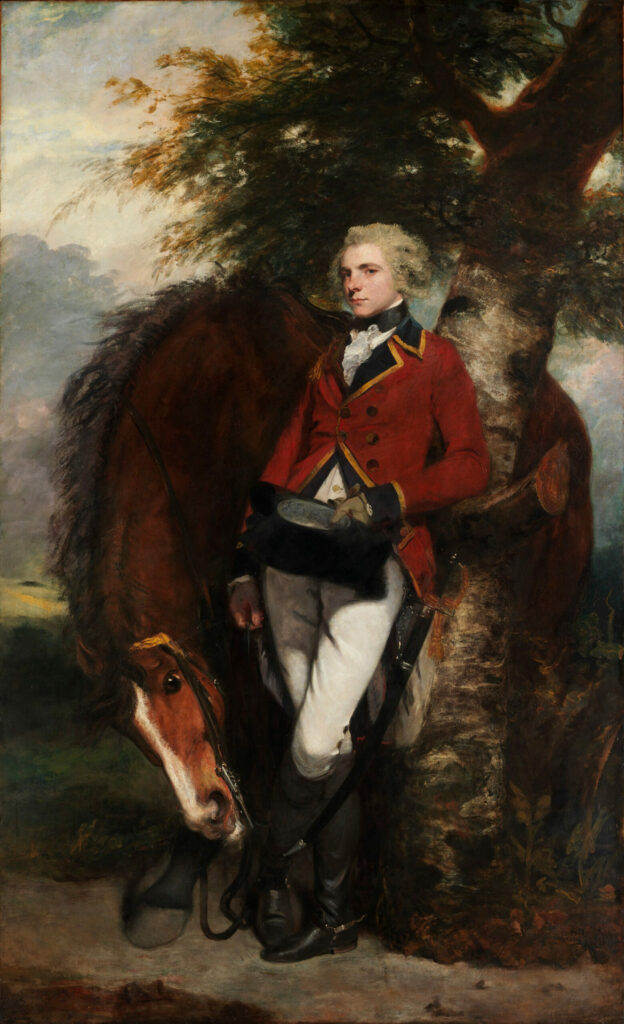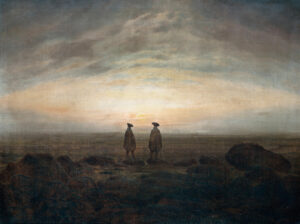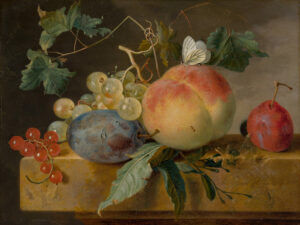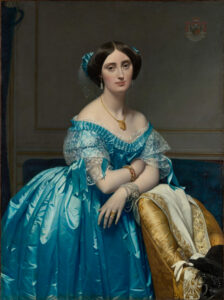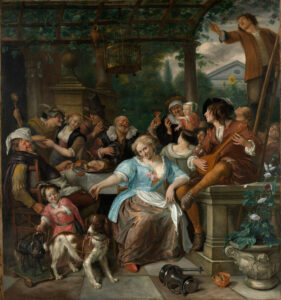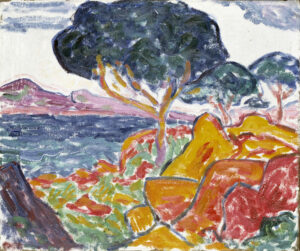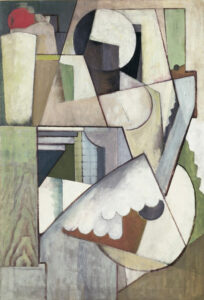This painting presents Captain George Coussmaker in a pose that is both relaxed and noble, leaning against an imposing tree with his dark bay horse at his side.
The audacious composition merges the grandeur of traditional equestrian portraiture with the intimacy of an encounter in nature’s embrace.
Reynolds displays his pictorial virtuosity here: the silky texture of the scarlet regimental coat contrasts with the immaculate whiteness of his breeches and the gleaming leather of his boots. Subtle play of light delicately models the young officer’s face, whose reserved yet assured expression perfectly translates the personality described by Fanny Burney as shy and taciturn but well-bred. The free and spontaneous handling of foliage and vaporous landscape creates a natural setting that enhances the subject’s distinguished bearing, reflecting the aristocratic ideal of the era.
Object Information
- Artist: Sir Joshua Reynolds
- Title: Captain George K. H. Coussmaker (1759–1801), 1782
- Medium: Oil on canvas
- Dimensions: 238.1 × 145.4 cm (93¾ × 57¼ inches)
- Collection: The Metropolitan Museum of Art, Fifth Avenue, New York, Gallery 628
- https://www.metmuseum.org/art/collection/search/437447
Sir Joshua Reynolds (1723-1792), first President of the Royal Academy of Arts, was the most celebrated portraitist of Georgian England. An influential theorist, he advocated for elevated art inspired by the Italian masters. This portrait demonstrates both his meticulous working method—twenty-one sittings for the captain and eight for the horse—and his extraordinarily free and expressive touch.
Contrary to his usual practice, Reynolds reportedly executed this painting without the intervention of his assistants, explaining the exceptional quality that makes it one of his finest compositions. The work perfectly illustrates his ability to marry the tradition of grand portraiture with modern sensibility, establishing a template for aristocratic representation that would influence British portraiture for generations to come.

